Nissan's New Strategy: Build Brand Value, Not Fleet Sales or Incentives

Nissan has long-standing tradition in North America of being a bargain brand. While the automaker fields plenty of affordable options with a base MSRP undercutting that of its rivals, it has also leaned on aggressive incentivizing and heavy fleet sales. This helped Nissan chase volume in the U.S., but CEO Hiroto Saikawa is no longer convinced it’s a winning strategy.
He’s tasking Denis Le Vot, Nissan’s new North American boss, to improve profitability and brand value after the company’s operating profit dipped 50 percent in the region in the last quarter of 2017.
It’s a tall order for Le Vot, who has only had a little over one month to settle into being the regional chairman for the brand, and Saikawa is only giving him another two to figure out how to pull it off. However, he’s hinting at a strategy that eases off dealers, offers fewer market incentives, and ditches a reliance on fleet sales.
“We have to first improve the brand value and profitability,” Saikawa said in an interview with Automotive News last week. “Hopefully, we will be able to reach a very solid point in two years. This is the first mission for the new chairman.”
It’s a lot for Le Vot to take on, especially considering North America’s automotive market has been cooling off for over a year now. However, luxury brands haven’t felt the pinch quite as strongly. In fact, Infiniti’s U.S. sales grew from 138,293 units in 2016 to 153,415 in 2017 — a new annual record for the brand. January was a different story, however, as Nissan’s monthly volume rose 10 percent while Infiniti sales fell by 8.
Still, Nissan was hardly crippled by low volume in 2017 — the company set a global sales record last year. But Saikawa claims the automaker bolstered factory output to feed a higher demand that never came. Combine that with hefty low-margin fleet sales and dealerships annoyed by having to play into the big incentives game, and the home office isn’t happy. All things considered, things could be far worse. The brand isn’t facing a crisis so much as it’s hunting for profits and trying to avoid a disaster that could materialize later on.
“The team has been so used to more production and piling up of the supply side, then the wholesale. And with the [total industry volume] very good, it was relatively easier to sell,” Saikawa said of Nissan’s seven-year run of annual gains. “But, when the U.S. team is so used to that, they were a bit late to start action in adjusting.”
That leaves Le Vot to decide how much of the baby to throw out with the bathwater. While it’s unquestionable he’ll need to fix the brand’s bloated inventories (it had a 319,900-unit surplus at the start of the month — a number it hopes to drop to 100,000 by the end of March), the jury’s out on how far he’ll go in tweaking Nissan’s Western strategy. It’s a strategy that has worked well enough for the last decade.
Unlike his predecessor, Saikawa says he isn’t interested in market share. He’s only concerned with increasing residual value. Nissan has a 65-day supply of vehicles and an average incentive spend of $4,500 per vehicle — about $500 higher than the industry average. Both of these are elements Saikawa believes Le Vot will have to change as soon as possible.

A staunch consumer advocate tracking industry trends and regulation. Before joining TTAC, Matt spent a decade working for marketing and research firms based in NYC. Clients included several of the world’s largest automakers, global tire brands, and aftermarket part suppliers. Dissatisfied with the corporate world and resentful of having to wear suits everyday, he pivoted to writing about cars. Since then, that man has become an ardent supporter of the right-to-repair movement, been interviewed on the auto industry by national radio broadcasts, driven more rental cars than anyone ever should, participated in amateur rallying events, and received the requisite minimum training as sanctioned by the SCCA. Handy with a wrench, Matt grew up surrounded by Detroit auto workers and managed to get a pizza delivery job before he was legally eligible. He later found himself driving box trucks through Manhattan, guaranteeing future sympathy for actual truckers. He continues to conduct research pertaining to the automotive sector as an independent contractor and has since moved back to his native Michigan, closer to where the cars are born. A contrarian, Matt claims to prefer understeer — stating that front and all-wheel drive vehicles cater best to his driving style.
More by Matt Posky
Latest Car Reviews
Read moreLatest Product Reviews
Read moreRecent Comments
- James Jones The only thing that concerns ,me is a government-mandated back door--you get in and your car drives you to the police station where yo are arrested for crimes against the state, or "you can't drive because we must achieve our energy conservation goals". Not to mention that once there's a back door, any sufficiently smart person can use it--you can't create a back door only usable by those whose hearts are true. So then there'd be the risk of someone telling my self-driving car to drive off the side of a mountain/into a river/etc.
- 3-On-The-Tree Jeff I also have a 1980 Suzuki GS1000G I rode during college and it was a lot of fun. My other bike was a 1977 Suzuki GT 750 2 stroke. My post army retirement time will be restoring those old bikes next to the 02 Hayabusa, 05 Suzuki Vstrom and klr 650. I love riding but at much reduced speeds nowadays. I got it out of my system as a young flight Lieutenant.
- Canam23 I really like the Rivian, but no matter what it's payload is, it will be completely weighed down by smugness if they team up with Apple.
- Fed65767768 Good Christ, no.CP.
- Kwik_Shift_Pro4X The main advice I've heard is to stay away from the BMW engine.



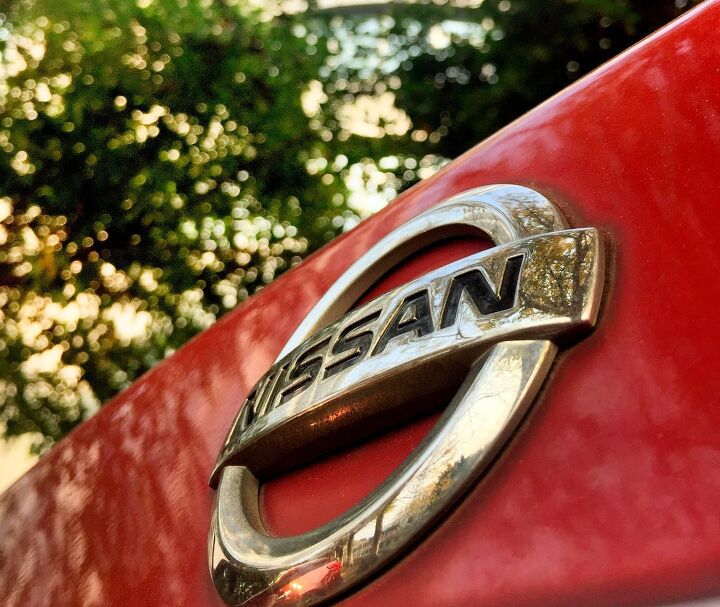














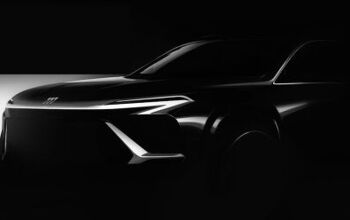
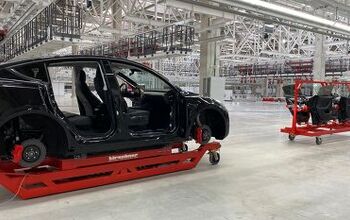
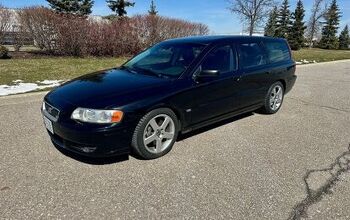
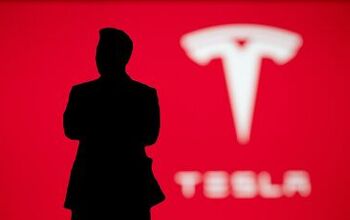
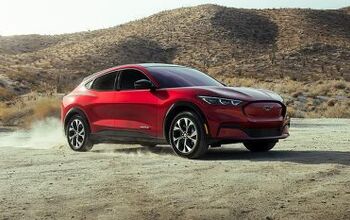
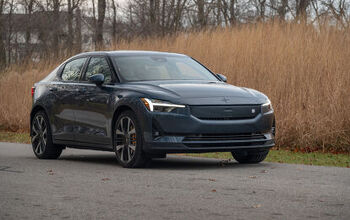
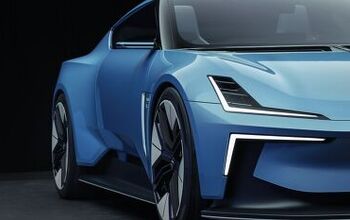
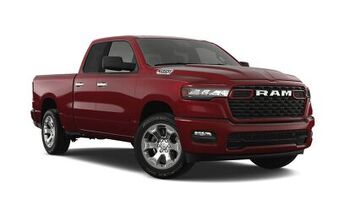
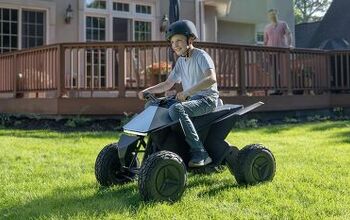
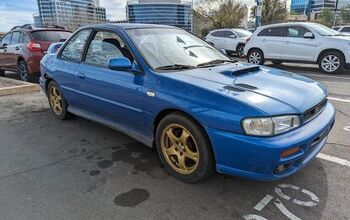
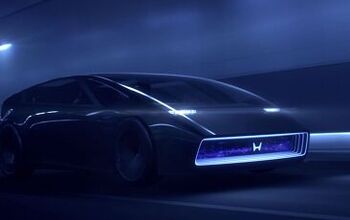
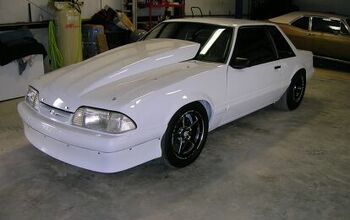
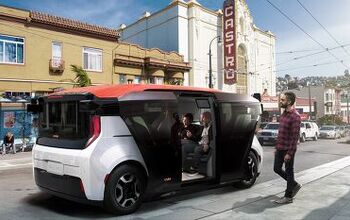
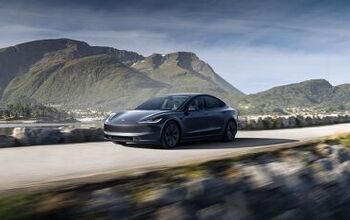
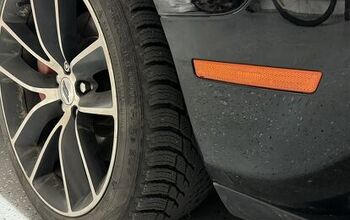
Comments
Join the conversation
The guy tailgating me is in an Altima...every time. The SUV being driven stupidly ahead of me is a Rogue. The only Nissan I ever drove that shouldn't have been crushed yesterday is a GT-R...but that doesn't count as it is a microscopic production-JDM build with no relation to Nissan usa. Really, nothing there...nothing. CVT ? Nope.
Sadly, Nissan will have a long way to go in order to rebuild "brand value", and I am not entirely sure they can pull it off given the emergence of Hyundai as a major competitor. First and foremost, Nissan needs to stop building mediocre vehicles. The Rogue is among the least interesting CUVs on the market (although the seats are comfortable), the Pathfinder is a rolling joke, and the Altima is a rental car lot / BHPH queen. The only exciting models in the Nissan lineup are the Z and the GT-R. The Leaf is an odd man out and is a good overall electric car (which I also like). The new Armada isn't half bad, but it is outclassed by the GM duo on just about every metric. Second, Nissan needs to dump the CVT - they should have years ago. Several years worth of Nissan models with CVT transmission are now stuck with a ticking time bomb that is generally too expensive to replace (and it WILL self destruct), leaving many Nissans in junkyards and many former Nissan owners absolutely livid. Third, Nissan needs to wrangle in their dealer network. Nissan dealers in my experience are second only to Kia dealers on the bad experience scale. Marketing to a more upmarket clientele means better customer service both before and after the sale. Last, Nissan needs to add some halo cars to their fleet. They have them in Japan. Bring a version of the Skyline here or make a Skyline performance badge (similar to AMG or SRT) on all of their models. Offer real transmissions, more horsepower, and an engaging driving experience. Nissan doesnt need to have an NSX, but they need some sort of performance upgrade to be competitive in the US.